DANCER-CHOREOGRAPHER SEETA PATEL ON PERFORMANCE AND REIMAGINING THE RITE OF SPRING IN A NEW WAY
by ASJAD NAZIR
Famous ballet The Rite Of Spring has been re-imagined in the classical Indian dance style of bharatanatyam for the first time by Seeta Patel.
The award-winning British choreographer and performer has assembled six outstanding performers for the brand new adaptation of Russian composer Igor Stravinsky’s ballet and orchestral concert work that was first premiered in 1913.
The most unique staging of a piece that has been choreographed by many different artists and companies over the years recently commenced a UK tour.
The transformative retelling of the tale combining western classical music and Indian classical dance is the latest exciting chapter in Seeta’s journey, which has included many triumphs.
I caught up with Seeta to talk about dance and The Rite Of Spring.
What first connected you to dance?
I was a bit of a performer from a young age in made-up plays at junior school. When I was 10 years old my parents offered me the chance to go to a local Saturday school in my hometown of Bristol where I got my first real taste of dance. My teacher at the time had a love of bharatanatyam that was infectious. She kept lovely scrapbooks with pictures of dancers and I think her enjoyment made the early years of my dancing joyous.
How did you feel taking to the stage for the first time?
I was very young so I don’t remember quite well, but it was definitely part of some festival or celebration at my local Hindu temple. It was exciting to wear the pretty costume and jewellery. I remember the fun and excitement I shared with the other dancers in my group.
Which of your many projects has given you the greatest joy?
I think the major projects in my life gave me joy and grief in equal measure. Each project is a big part of myself that I share, expose and give away to the world, and my life inevitably feels consumed by whichever project I am doing at the time. I don’t think I can pick a favourite. It would be like cheating on a friend.
What led you towards your latest production The Rite Of Spring?
I pitched an idea for a small research and development opportunity offered by Akademi South Asian Dance in 2017, which was to explore ensemble bharatanatyam choreography. I wanted to look at the existing contemporary and ballet works that had been reinterpreted by different choreographers in the ensemble format. I studied The Rite of Spring. It became clear to me that The Rite of Spring and the bharatanatyam form were made for each other.
What made you want to reimagine the classic Igor Stravinsky ballet with bharatanatyam?
I really felt Stravinsky’s musical score and the bharatanatyam form worked very well together. For me, it was about the rhythms, power, ebb and flow of the music, the dynamic changes and evocative melodies that felt perfect for dance in general, but more than that, for bharatanatyam and its rich palette of movement, rhythm and expression.
Tell us the biggest challenge of reimagining it?
Because of the music’s wild pulsing nature, I was worried the clean, refined lines of bharatanatyam would not find the visceral depth in the way other choreographers and dance styles have been able to do; but once we got into the studio and started rehearsals, the impressive footwork and full-bodied movements were more than enough to create the required power.
How did you select the dancers?
I have worked with all the dancers in some capacity in the past. The sector is still not teeming with full-time professional dancers, so I needed to go with the best quality as well as availability and interest in exploring this project. I am so happy with the dancers; each of them bring a unique beauty and heart to the work.
Was it easy to match the classical Indian dance choreography to the original score?
The score is so rhythm heavy, with many counts and changes of time signatures, so I had to do a lot of work translating the score into a way which I could understand. This meant creating my own notation to help me understand what was happening in the music, and how to relate this to my dancers in the Indian classical music language. Once I had notated the score for myself, it was much easier to create movement and patterns, and also map the narrative and emotional arc of the work.
Did you learn anything new during the process?
I don’t think I can pinpoint any one thing as a learning point, but every project I do pushes me to a new territory and I love the challenge. I thrive on learning as I create and being mindful, and present in each moment, so that I can experience, and learn from it. The learning is manifold; it’s creative and it helps me guide, inspire and work with a team who have different energies and personalities. There’s never a dull moment.
Tell us, what do you see as the future of classical Indian dance; will it be combining more with other genres?
I don’t think I can speak for the genre as a whole. There are people like me who are doing interesting work and pushing the boundaries of the form in the UK and abroad. I think there will be love and need for pure classical. I know I need that aspect in my life because it grounds me and there will be those pushing at the edges of the form, including combining it with other art forms. I just hope there is space for all of this to exist.
What can we expect next from you?
I’m hoping to develop this project to the next stage with more dancers and a full orchestra. That will be a huge undertaking and I will need to focus on how best to do this.
Where do you draw your inspirations from?
I have been lucky to work with many interesting people over the years from whom I draw a lot of inspiration. I find inspiration and joy from many things, including but also beyond dance; film, theatre, literature, fine art and music. I like to be open to find inspiration when I least expect it.
Why do you love dance?
I love dance, I hate it that it’s my best friend and worst enemy. Trying to define why I love it would require more words than I think I know.
The Rite Of Spring is on a UK tour now.
www.seetapatel.co.uk and Twitter & Instagram: @seetadances

















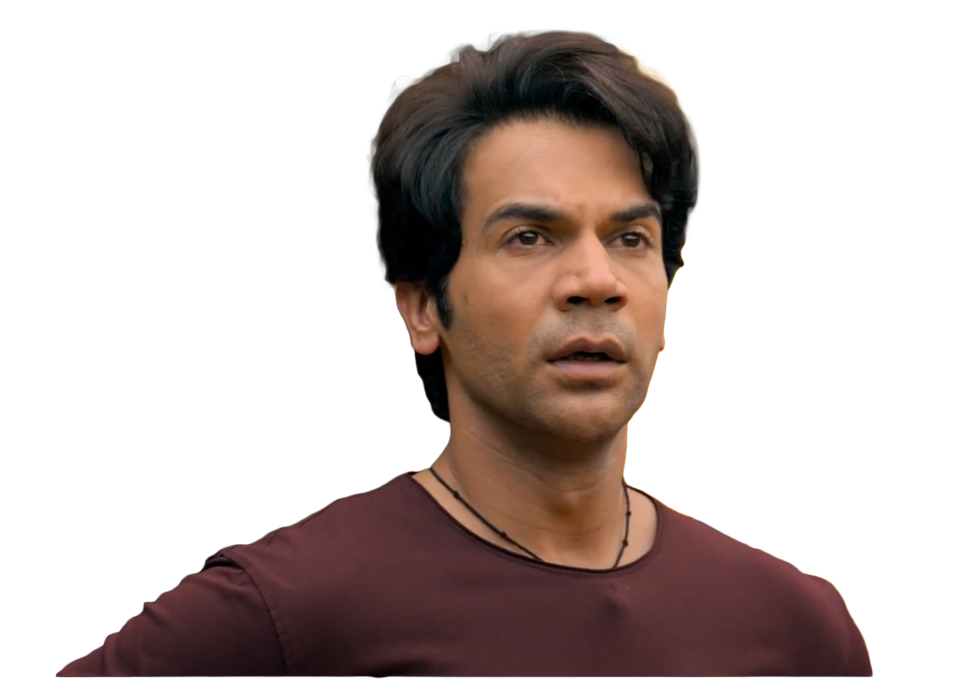 Bhool Chuk Maaf
Bhool Chuk Maaf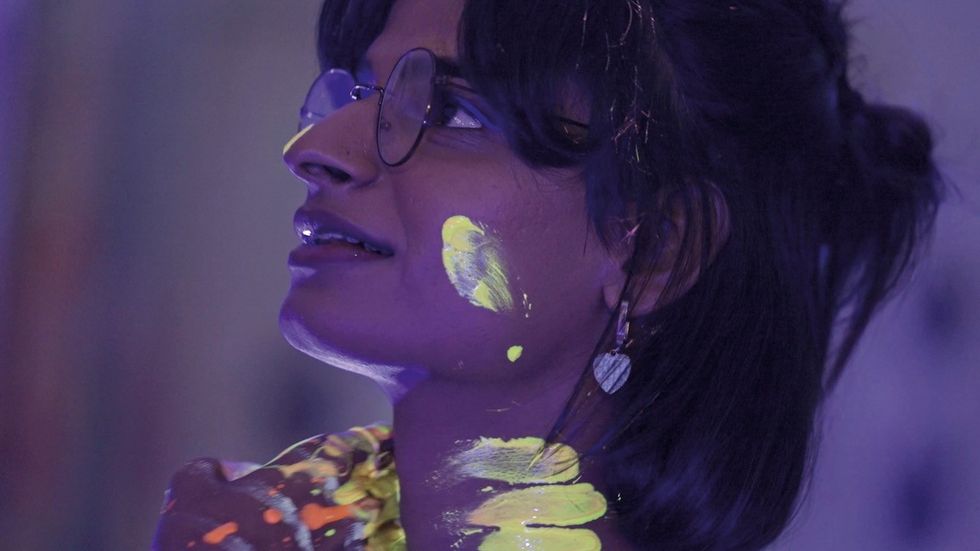 If You Know You Know
If You Know You Know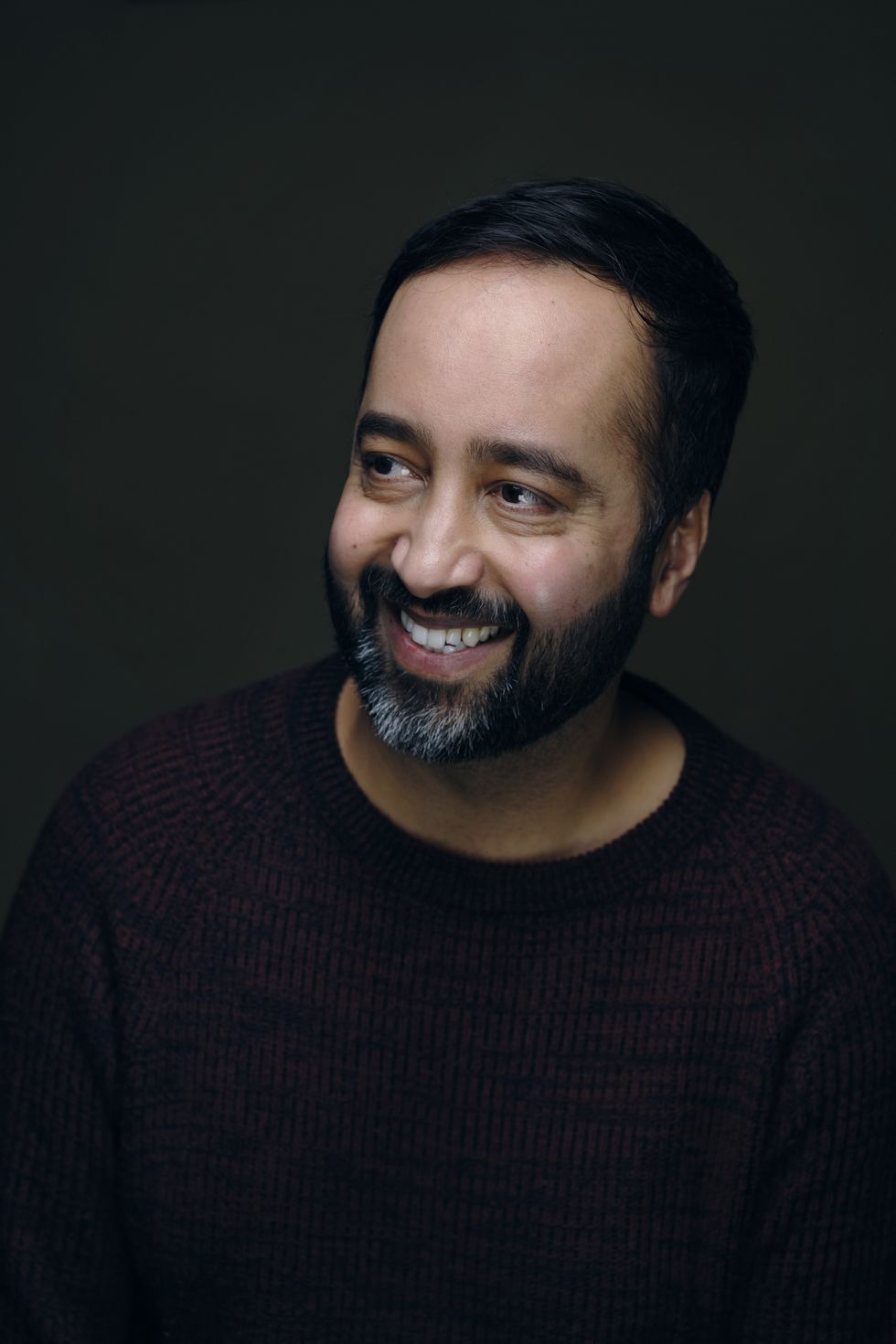 Asif Khan
Asif Khan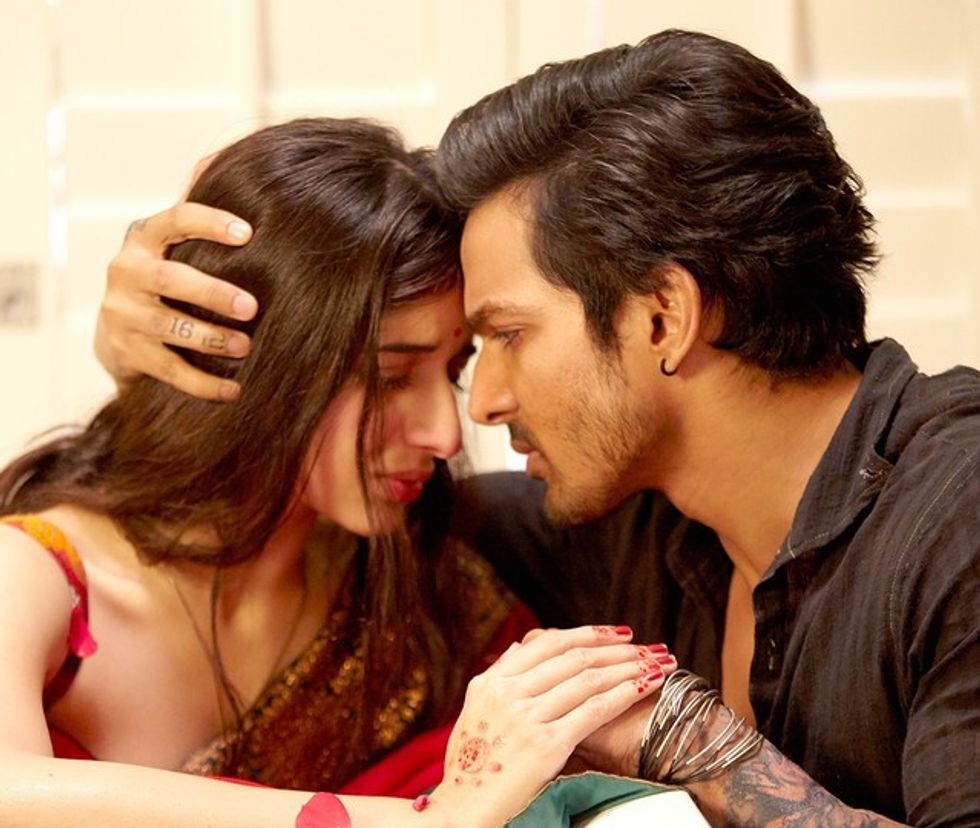 Sanam figure out why. Teri Kasam
Sanam figure out why. Teri Kasam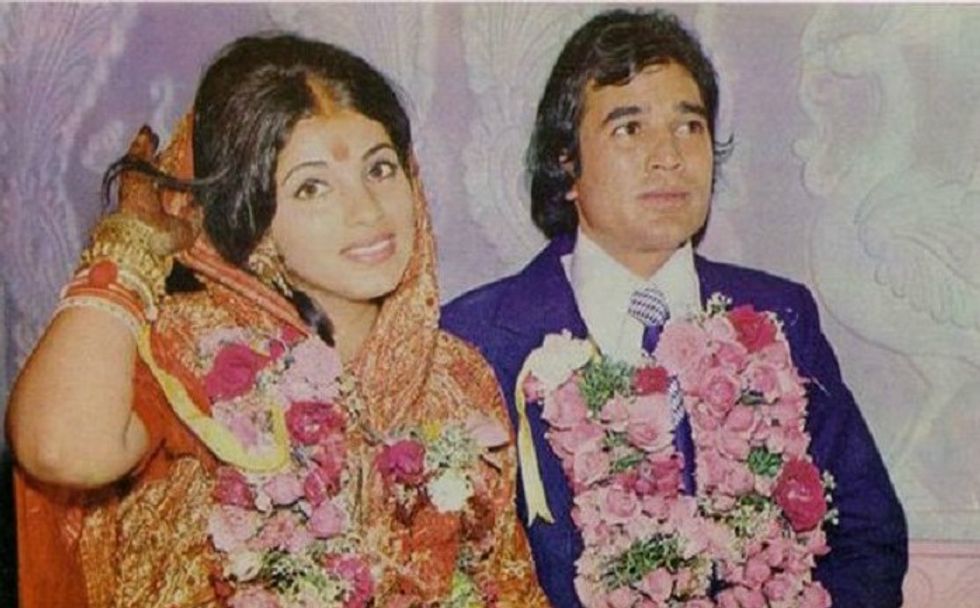 Dimple Kapadia and Rajesh Khanna on their wedding day
Dimple Kapadia and Rajesh Khanna on their wedding day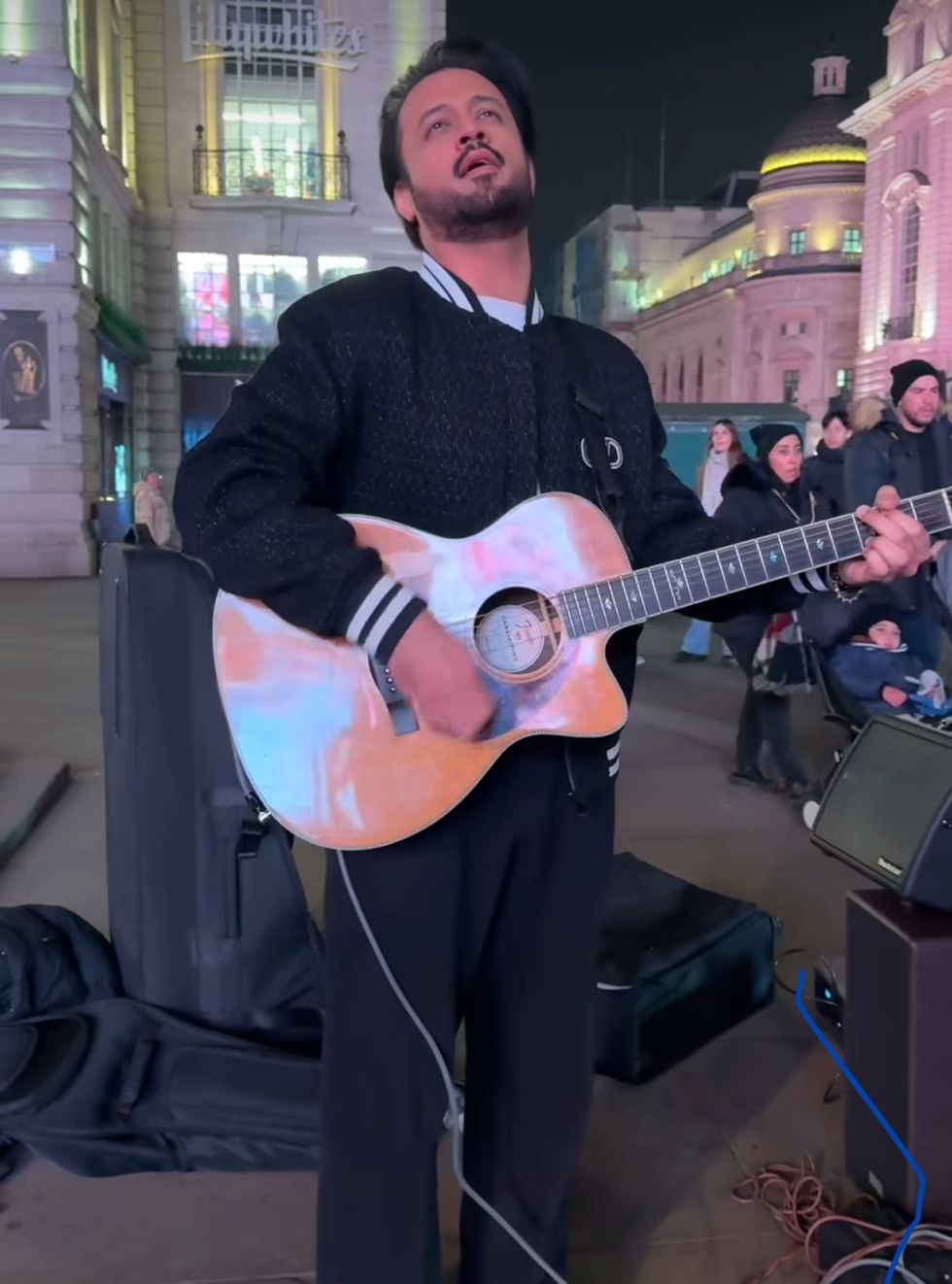 Atif Aslam
Atif Aslam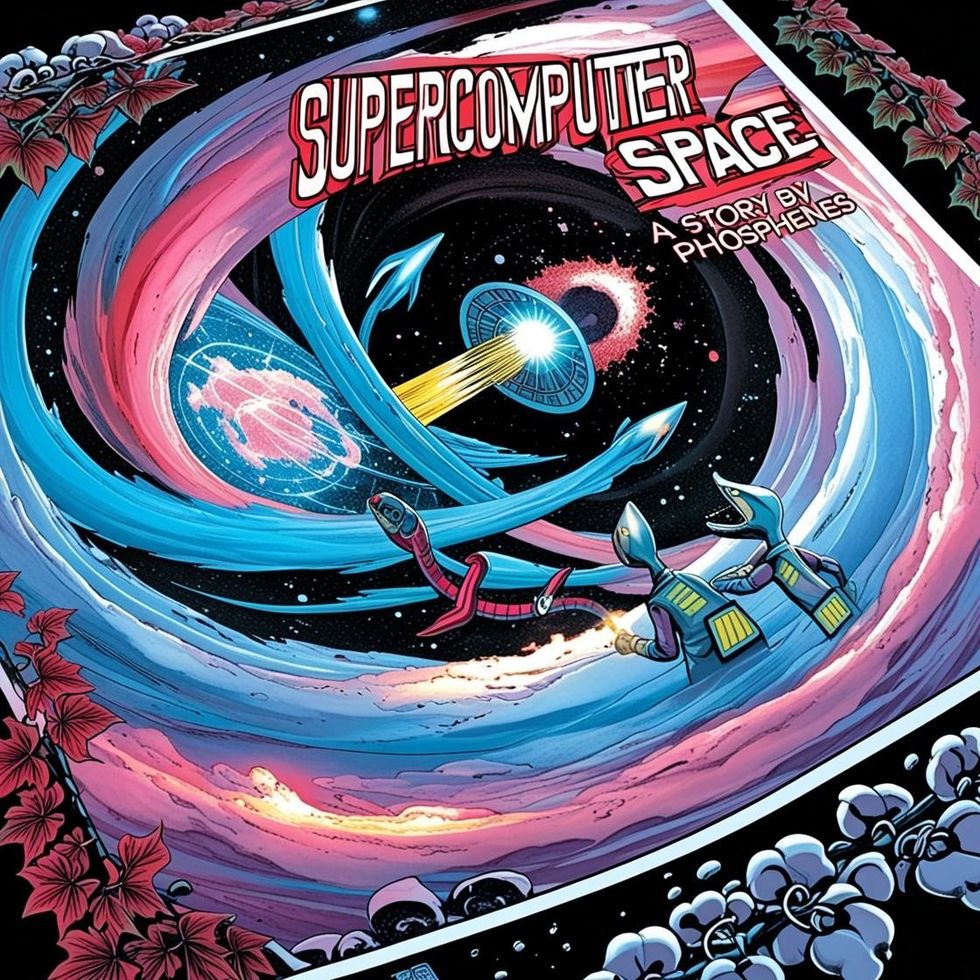
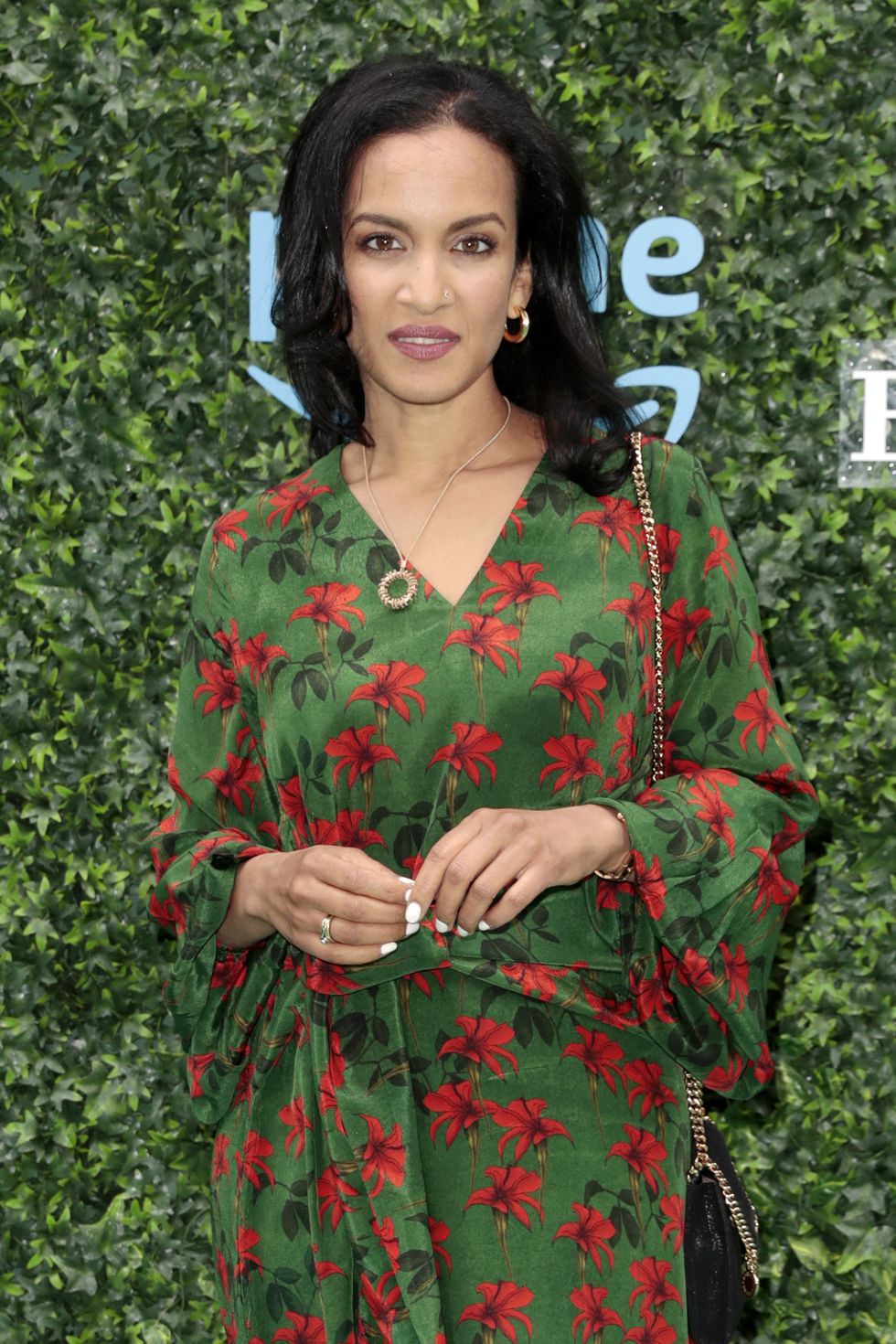 Anoushka Shankar
Anoushka Shankar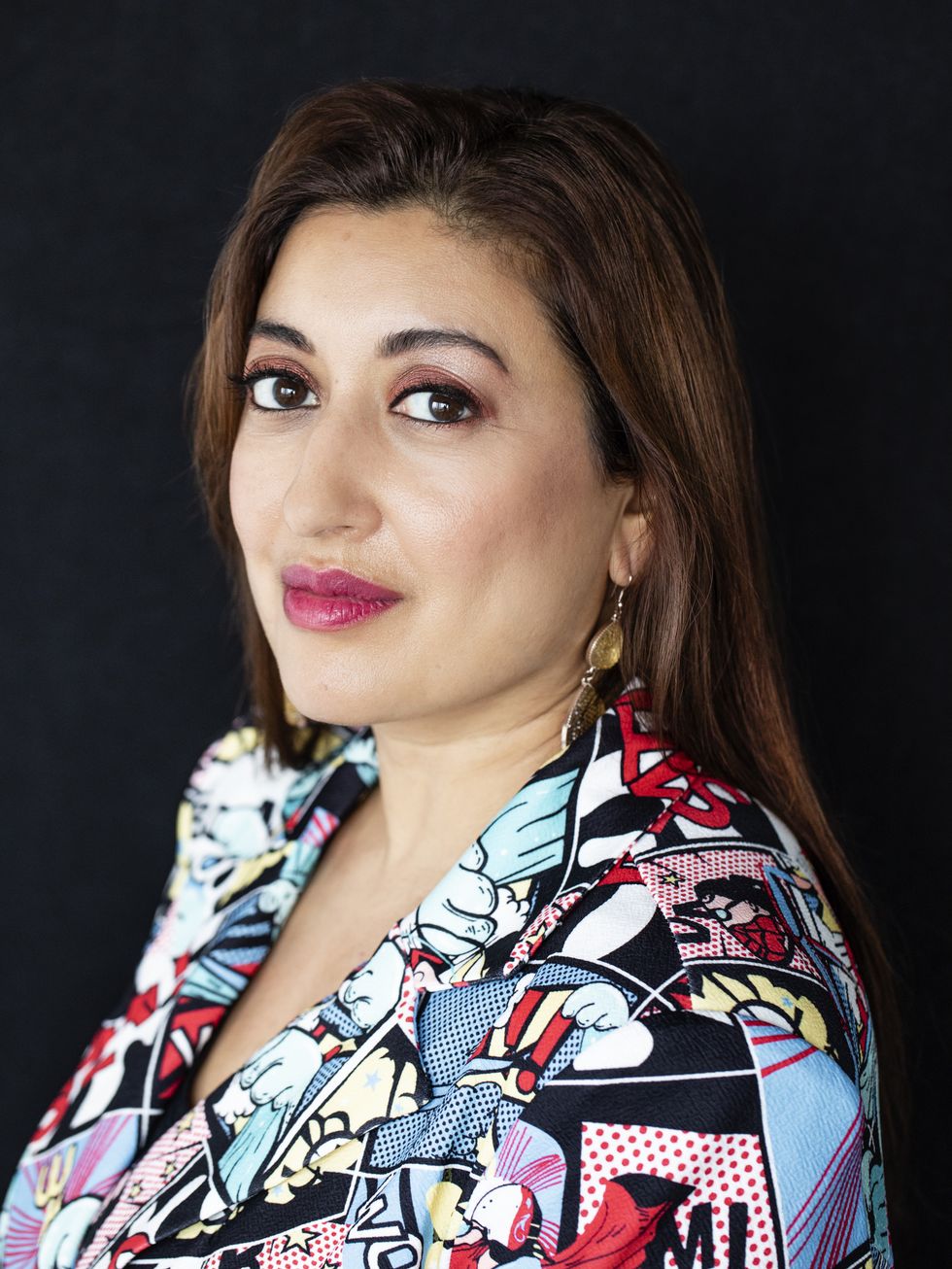 Nilesha Chauvet
Nilesha Chauvet 
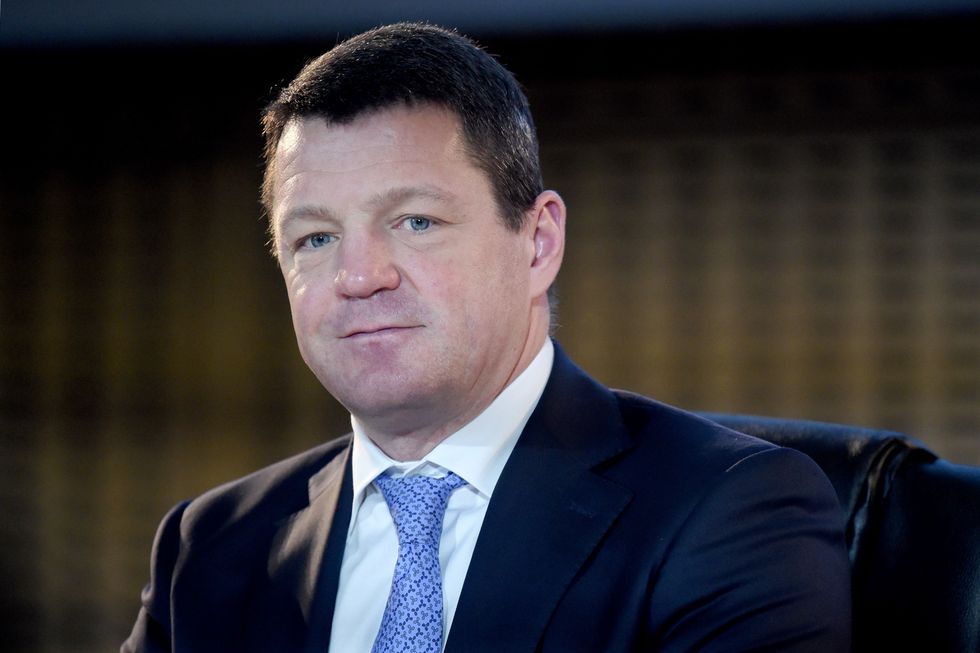 Pieter Elbers
Pieter Elbers

